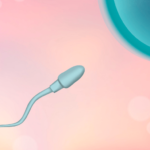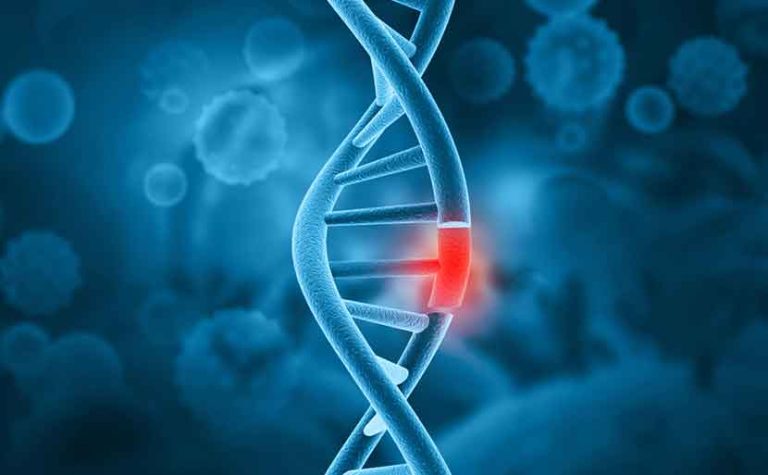Amniocentesis is said to be a definitive test, but no test has a 100% accuracy rate. I will explain the case of amniocentesis for Down syndrome.
Types of Down syndrome and amniocentesis misdiagnosis patterns
Chromosomal abnormalities in Down syndrome are classified into trisomy (standard type): 94%; translocation type: 5%; and mosaic type: 1%.
In the case of mosaicism, it is rare that the amniotic fluid test results and the diagnosis of the baby at birth differ. There are two types of chromosomal mosaicism: true mosaicism and pseudo mosaicism.
False mosaicism and true mosaicism
Pseudomosaicism occurs during the culture process after amniotic fluid is collected; the fetus is normal.
In the case of true mosaicism, the fetus has both chromosomal abnormalities and normal cells. In this case, if both normal and abnormal cells are found during amniocentesis, the mosaicism type can be diagnosed.
However, if only normal cells grow during the culture process, or if both types of cells grow but only normal cells are detected, it may not be discovered until birth that the baby is a chromosomal mosaic. In other words, in such cases, even if the amniotic fluid test shows that the baby is normal, the baby may be diagnosed with Down syndrome after birth.
Multiple pregnancy
In addition, in the case of multiple pregnancies, even if the amniotic fluid of different fetuses is thought to be tested, it may actually be the same fetus, which could result in a misdiagnosis of an abnormality.
Article Editorial Supervisor

Dr Hiroshi Oka
NIPT specialist clinic, MD
Graduated from Keio University, School of Medicine
 中文
中文






















